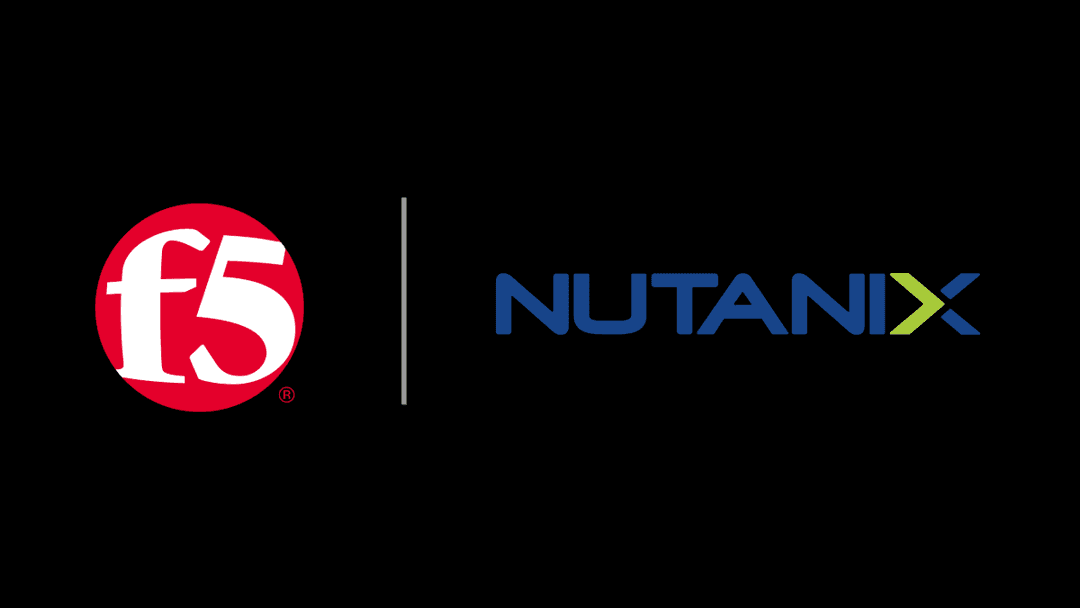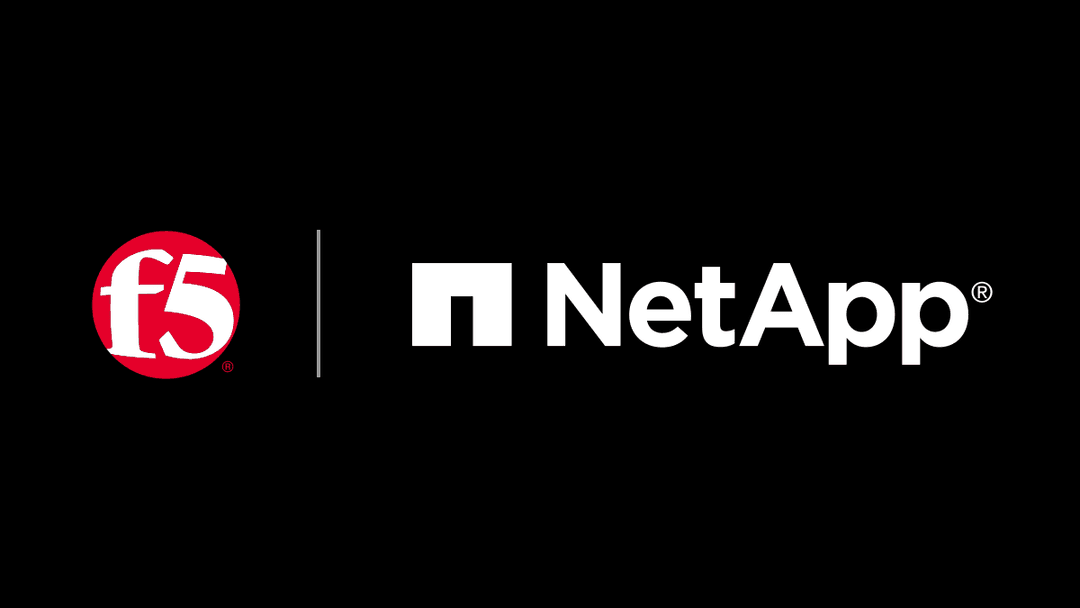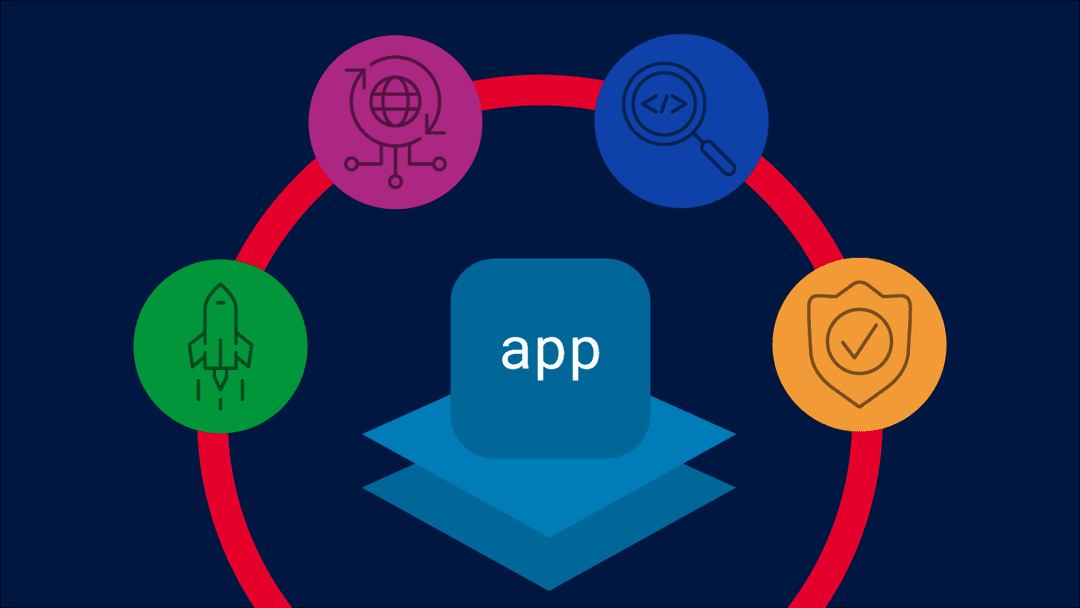API sprawl is the uncontrolled growth and proliferation of APIs within an organization, resulting both from the exponential growth in the number of APIs in modern IT architectures and the use of APIs across globally distributed digital environments. Taken together, this explosion of APIs represents a growing challenge: As organizations build and deploy more APIs, often without a unified strategy or central oversight, they become increasingly difficult to manage effectively. What’s required is an API governance process and tools to help address the significant operational and security challenges that API sprawl brings to organizations like yours.
Why has API sprawl become a problem? The widespread adoption of modern, microservices-based application architectures has significantly contributed to the proliferation of APIs, which serve as the connective fabric that links modular services and components that make up today’s applications. APIs can simplify and speed up development cycles allowing developers to easily integrate with existing data and reuse functionality or integrate with third-party services rather than build everything from scratch.
“As organizations build and deploy more APIs, often without a unified strategy or central oversight, they become increasingly difficult to manage effectively.”
Additionally, with 94% of organizations deploying applications across multiple environments, APIs are used to connect many of these disparate services and data sets across diverse platforms and locations. This fragmentation makes it increasingly difficult to ensure consistent API quality, visibility, and security. Even maintaining a comprehensive and up-to-date API inventory has become a complex challenge for many organizations.
This blog post digs into the concepts behind API governance, so read on to learn what API governance is, and how it differs from API management and API security. You’ll also learn about the three models of API governance, and explore best practice strategies.
What is API governance?
API governance refers to the set of policies and standards that define how APIs are designed, built, secured, monitored, and maintained. The goal of API governance is to promote API quality, consistency, security, and regulatory compliance. It embraces all types of APIs including those developed internally as well as third-party APIs from partners or vendors.
In addition, as more companies adopt modern, API-first strategies, where the design of applications starts with the services and APIs, governance becomes even more critical because it ensures consistency, security, and compliance are built into the application at the API level.
The API governance process should cover the entire API lifecycle, and encompasses the following areas:
- API development standards. These provide clear guidance for developers on how APIs should be built, including the use of the OpenAPI Specification, as well as design patterns, style guides, metadata requirements, and versioning practices. These standards promote consistency, interoperability, and maintainability across all APIs.
- API security policies. These define the mandatory security measures that must be implemented to protect APIs and the data they access and expose. This can include encryption, authentication and authorization, rate limiting, sensitive data handling, and threat detection capabilities such as vulnerability scanning and continuous anomaly detection.
- Documentation standards. These set expectations for the quality and completeness of API documentation and include detailed technical specifications, usage guidelines, code examples, best practices, and troubleshooting resources to make APIs easily understandable and widely usable.
- Monitoring and analytics. Governance also includes establishing requirements for how APIs are monitored and analyzed. This involves defining the frequency and methods of monitoring, such as continuous automated tools or periodic manual audits, and specifying the key performance indicators (KPIs) to track.
API governance vs. API management vs. API security
API governance, management, and security are closely interrelated but distinct areas, and governance should be implemented first to ensure that API management and API security practices are deployed consistently.
API management is the implementation of API governance policies using tools such as a developer portal, API gateway, and API lifecycle management software. These are often bundled into an API management platform. Governance policies may define both the tooling requirements—for instance, mandating standardized platforms across teams—and operational practices, such as how API keys and credentials must be managed.
API security is the enforcement of security and compliance requirements as defined by API governance policies. While some organizations rely on dedicated API security tools, there is growing adoption of web application and API protection (WAAP) solutions to achieve broader, integrated protection. Governance policies may specify the minimum security requirements for APIs, including the baseline controls needed and configuration guidelines, such as how API gateways, WAFs and/or API protection solutions should defend against possible attacks across all threat vectors. These may include the web app, API, and automated threats OWASP Top 10 lists, plus promote API hygiene best practices, such as avoiding hard-coded API keys or embedding them in client library source code.
API governance models
There are three types of API governance models: centralized, decentralized, and adaptive:
Centralized governance is managed by a central team responsible for defining, reviewing, and approving all governance policies. Advantages of this approach: it enables the strictest governance policies and can dictate consistency across the organization. On the other hand, a rigid, one-size-fits-all approach doesn’t always work, and can slow development teams and encourage workarounds and the rise of "shadow IT."
Decentralized governance gives individual teams autonomy to manage their own API governance policies. On the positive side, this approach promotes faster development and greater flexibility tailored to the needs of each team. However, decentralization may mean inconsistent API policies and controls across the organization, which can lead to integration challenges, configuration errors, and compliance gaps.
Adaptive governance strikes a balance between the two models above. A central team establishes global policies and manages shared infrastructure, while development teams are empowered to define local policies aligned with the specific needs of their applications and APIs. These can include regional, governmental, or industry-specific compliance requirements. In most situations, adaptive governance delivers the best of both worlds, as this model establishes clear distinctions between which policies must be followed universally and areas where flexibility is allowed when needed.
API governance best practices
- Start with a comprehensive inventory of your APIs. Maintain an up-to-date catalog, identify where your APIs are located, and categorize them by type, such as public, private, third-party, or partner. Use an API discovery solution to ensure your API catalog remains up-to-date. Provide developers with access to the catalog to encourage reuse of existing APIs to reduce duplication of effort.
- Establish clear roles and responsibilities. Regardless of your governance model (centralized, decentralized, or adaptive), clearly define ownership and accountability for the API governance process, the various disciplines like management, security, and compliance, and related solutions and policies. If policies vary by API type, geography, or development team, ensure those distinctions are well-documented and communicated.
- Foster a culture that enables and empowers team collaboration. Make sure your governance policies are centrally accessible and simple to understand. Set clear expectations for how teams apply the governance policies and provide ongoing training and updates as policies evolve. Solicit feedback from your developers to understand what’s working and address what’s not.
How F5 helps with API governance
F5 offers API management and security solutions across the entire API lifecycle as part of the F5 Application Delivery and Security Platford (ADSP). The platform supports comprehensive API delivery paired with complete discovery, continuous monitoring and detection, along with security controls to implement critical policies that enforce proper API behavior and protect them from attacks. All of this is provided via a centralized platform for visibility and policy management across diverse IT environments.
About the Author
Related Blog Posts

Nutanix and F5 expand successful partnership to Kubernetes
Nutanix and F5 have a shared vision of simplifying IT management. The two are joining forces for a Kubernetes service that is backed by F5 NGINX Plus.

AppViewX + F5: Automating and orchestrating app delivery
As an F5 ADSP Select partner, AppViewX works with F5 to deliver a centralized orchestration solution to manage app services across distributed environments.

Build a quantum-safe backbone for AI with F5 and NetApp
By deploying F5 and NetApp solutions, enterprises can meet the demands of AI workloads, while preparing for a quantum future.

F5 ADSP Partner Program streamlines adoption of F5 platform
The new F5 ADSP Partner Program creates a dynamic ecosystem that drives growth and success for our partners and customers.
F5 NGINX Gateway Fabric is a certified solution for Red Hat OpenShift
F5 collaborates with Red Hat to deliver a solution that combines the high-performance app delivery of F5 NGINX with Red Hat OpenShift’s enterprise Kubernetes capabilities.
Phishing Attacks Soar 220% During COVID-19 Peak as Cybercriminal Opportunism Intensifies
David Warburton, author of the F5 Labs 2020 Phishing and Fraud Report, describes how fraudsters are adapting to the pandemic and maps out the trends ahead in this video, with summary comments.